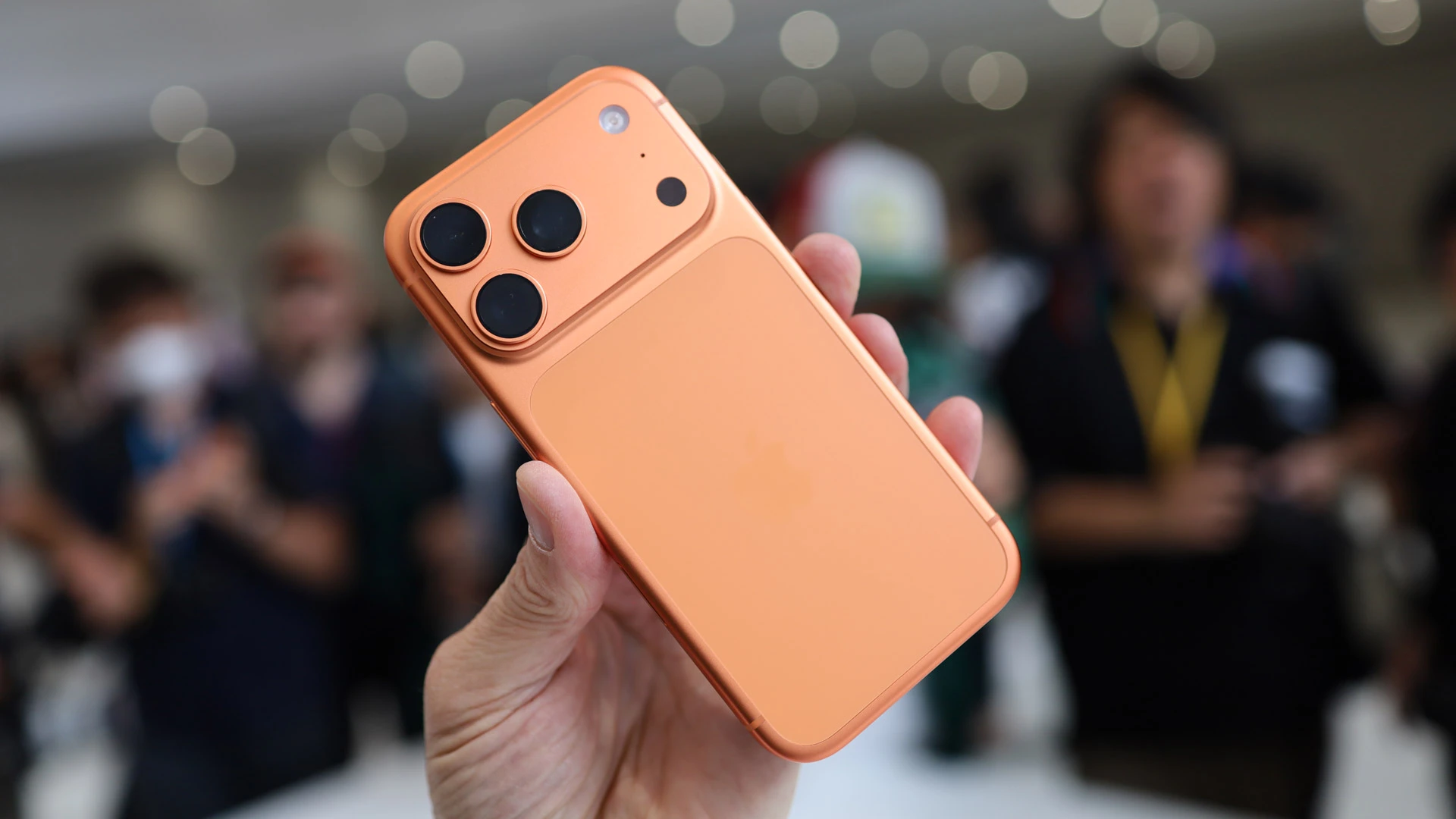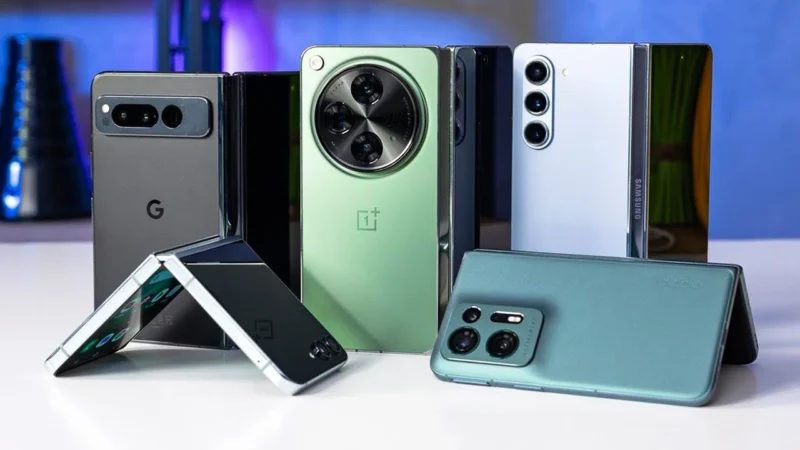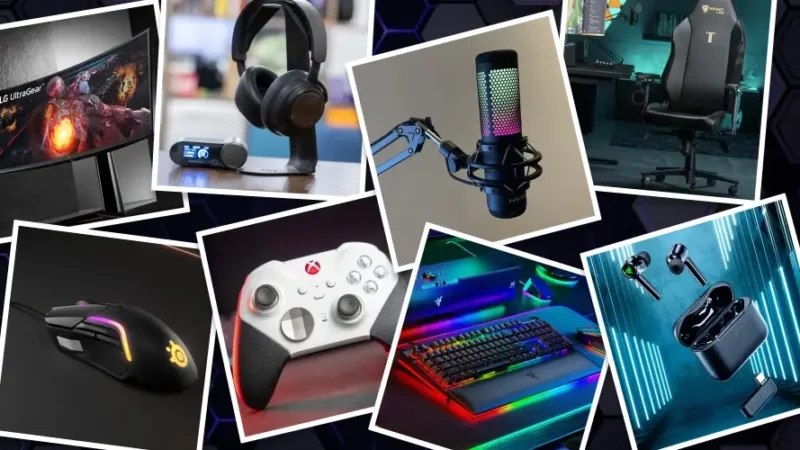Camera Showdown: New iPhone 17’s Fusion Cameras Explained

Every year, Apple tries to outdo itself with its iPhone cameras, and 2025 is no different. The launch of the iPhone 17 series has introduced what Apple is calling the Fusion Camera System. This new approach combines high-resolution sensors with powerful computational photography, designed to make photos and videos look sharper, brighter, and more realistic across all lighting conditions. Instead of simply adding more megapixels or a new lens, Apple is taking a more integrated approach. But what does Fusion really mean, and how does it compare with the cameras we’ve seen before? Let’s break it down.
What’s New in the iPhone 17 Fusion Camera Setup
With the iPhone 17 Fusion Camera, Apple has made changes across the board, not just for professionals but also for regular users. Both the main wide camera and the ultra-wide camera now use 48-megapixel Fusion sensors. This is a significant shift because it means more detail and more consistent quality, whether you’re taking a sweeping landscape or a casual portrait.
The Pro and Pro Max models take things even further by introducing an advanced telephoto system. These models feature a 48-megapixel telephoto lens with up to 8× optical zoom. This is particularly useful for wildlife shots, sporting events, or simply capturing distant details without the usual blurriness. Even non-Pro models benefit from what Apple calls “optical-quality” 2× telephoto cropping, which means everyday users can enjoy better zoom without paying for the Pro.
Another big step forward comes with the ultra-wide iPhone 17 Fusion camera, which now captures sharper details at the edges of the frame and doubles as a more capable macro lens. This makes close-up photography far more appealing, whether you’re photographing food, flowers, or intricate textures.
What Are Fusion Cameras?
Apple introduced Fusion sensors to make smartphone photography more versatile.
- Higher Resolution + Flexibility: The 48-megapixel sensors are designed not only for big photos but also for cropping without losing sharpness.
- Pixel Binning Technology: In low light, multiple pixels combine into one, capturing more light and reducing noise.
- Multiple Roles for One Sensor: A single camera can act like wide, ultra-wide, and even telephoto—thanks to computational photography.
In simple terms: Fusion cameras mean fewer compromises between detail and performance.
iPhone 17 Camera Upgrades Explained
Here’s a closer look at the biggest changes.
1. Main Camera (Wide – 48 MP Fusion)
- Larger 48 MP Fusion sensor.
- Better color accuracy with Apple’s Photonic Engine.
- Supports 2× telephoto through cropping while still retaining optical-level sharpness.
Why it matters: Everyday shots—from street photography to family moments—look sharper and more natural.
2. Ultra-Wide Camera (48 MP Fusion)
- Upgraded to 48 MP, matching the main camera.
- Macro mode supported, meaning extreme close-ups of flowers, textures, or tiny objects look professional.
- Wider field of view for landscapes or group photos.
Why it matters: Users no longer have to choose between wide shots and image quality—the ultra-wide is just as capable as the main sensor.
3. Telephoto Zoom (Pro Models)
- Dedicated 48 MP telephoto lens.
- Offers 4× and 8× optical zoom.
- Enhanced optical image stabilization for steadier handheld shots.
Why it matters: Wildlife photographers, travelers, and portrait lovers finally get more reach without sacrificing sharpness.
4. Front Camera (New 18 MP Square Sensor)
- First square sensor on iPhone for selfies.
- Features Center Stage, automatically adjusting framing in group selfies or video calls.
- Larger sensor = better low-light performance.
Why it matters: Selfies and FaceTime calls look clearer, sharper, and more natural—no need to twist your phone for better framing.
5. Computational Imaging (The Hidden Hero)
- Photonic Engine 2.0: More accurate skin tones and detail.
- New Bright Style for more vibrant colors.
- Improved HDR & Dolby Vision video.
Why it matters: These software upgrades turn good lenses into amazing photos, especially in tricky conditions like night shots or backlit scenes.
Real-World Benefits for Users
Instead of just numbers, here’s what iPhone 17 Fusion Cameras owners will actually notice:
- Better Night Photography → Cleaner, brighter, less grainy low-light shots.
- Sharper Zoom → Pro models can zoom up to 8× optically, while standard models handle 2× digitally but with optical-like quality.
- More Natural Selfies → With auto-framing and larger sensors, front-camera shots feel more professional.
- Cinematic Video → Stronger stabilization + Dolby Vision HDR make videos look like mini-movies.
- One Device for All Needs → Wide landscapes, tiny macro details, zoomed portraits—all covered.
How It Compares to iPhone 16
- Resolution: iPhone 16 had only one 48 MP sensor; iPhone 17 Fusion Cameras gives Fusion tech to ultra-wide and telephoto too.
- Zoom: iPhone 16 Pro maxed at 5× optical; iPhone 17 Pro delivers 8× optical.
- Selfie Camera: Big leap from 12 MP to 18 MP with Center Stage.
- Computational Tech: Photonic Engine 2.0 gives more realistic colors and contrast.
Should You Upgrade?
- Upgrade if:
- You care about photography, vlogging, or content creation.
- You use zoom often (Pro models are a big step up).
- You want better low-light selfies and group shots.
- Maybe skip if:
- You own an iPhone 16 Pro and don’t need higher zoom.
- You rarely use your phone for advanced photography.
FAQs
Fusion cameras combine multiple high-resolution sensors with Apple’s AI-driven software. Unlike phones that chase extreme zooms or huge megapixel counts, Apple balances hardware and computation to make every shot usable.
Not fully. While 8× optical zoom is impressive for a smartphone, professional cameras with larger lenses still perform better for sports or wildlife. However, for casual and travel photography, iPhone 17 is more than enough.
Yes—especially with Dolby Vision HDR, improved stabilization, and sharper low-light video. Creators who shoot content for YouTube, Instagram, or TikTok will see noticeable quality improvements.
Final Thoughts
The iPhone 17’s Fusion camera system is not just a marketing term—it’s Apple’s attempt to redefine smartphone photography. By upgrading all three rear cameras, introducing a smarter front sensor, and boosting computational photography, Apple has created a phone that balances professional features with everyday usability.
For anyone passionate about capturing life’s moments, this could be one of the most important iPhone upgrades in years.
Stay tuned to TechySpeed.com for more detailed reviews, comparisons, and hands-on testing of the iPhone 17 Fusion cameras and its Featuers .




One thought on “Camera Showdown: New iPhone 17’s Fusion Cameras Explained”